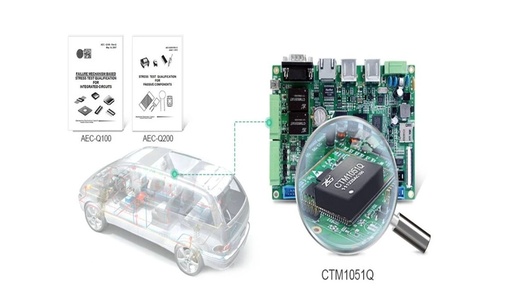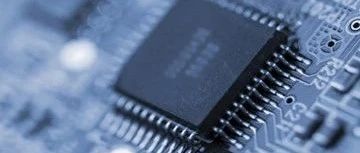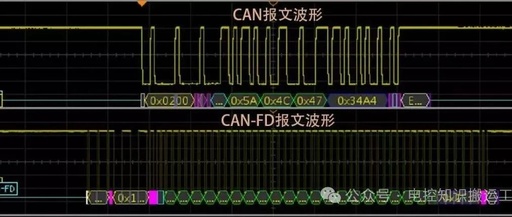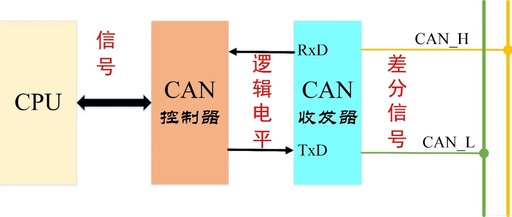Deep Dive Analysis of CanFestival Architecture
Follow/Star Public Account to never miss any updates! This tutorial is originally published by the author strongerHuang in October 2018. Tags: CAN, CANOpen, CanFestival Copyright: Commercial use prohibited Disclaimer:This document is for personal learning use only. For reprinting, please contact the author for authorization through the public account. 1Introduction In the previous article of this … Read more









